Regulatory Support for Medical Training
Regulatory bodies in the GCC are increasingly recognizing the importance of simulation-based training in medical education. This support is manifesting through the establishment of guidelines and standards that promote the integration of medical simulation into curricula. Such initiatives are aimed at improving patient safety and healthcare outcomes. The medical simulation market is likely to benefit from these regulatory frameworks, as they encourage healthcare institutions to adopt advanced training methodologies. Furthermore, the emphasis on accreditation and quality assurance in medical education is expected to drive investments in simulation technologies, thereby enhancing the overall training landscape.
Focus on Patient Safety and Quality of Care
There is a growing emphasis on patient safety and quality of care within the GCC healthcare sector, which is significantly influencing the medical simulation market. Healthcare providers are increasingly aware of the need for comprehensive training programs that minimize errors and enhance clinical skills. Simulation-based training allows healthcare professionals to practice in a risk-free environment, thereby improving their competencies. As a result, investments in medical simulation technologies are likely to rise, with institutions aiming to meet the evolving standards of care. This focus on safety is expected to drive the market's growth in the coming years.
Growing Demand for Healthcare Professionals
The medical simulation market is experiencing a significant increase in demand for healthcare professionals across the GCC region. This demand is driven by an increasing population and a rising prevalence of chronic diseases, necessitating a well-trained workforce. As healthcare institutions strive to enhance the quality of care, they are investing in simulation-based training programs. Reports indicate that the GCC healthcare sector is projected to grow at a CAGR of approximately 10% from 2025 to 2030. This growth is likely to further fuel the medical simulation market, as educational institutions and hospitals seek innovative training solutions to equip healthcare professionals with essential skills.
Increased Funding for Healthcare Infrastructure
The GCC region is witnessing substantial investments in healthcare infrastructure, which is positively impacting the medical simulation market. Governments are allocating significant budgets to enhance healthcare facilities and training programs. This funding is often directed towards acquiring advanced simulation technologies and developing training centers. Reports indicate that healthcare expenditure in the GCC is expected to reach $100 billion by 2025, with a considerable portion earmarked for education and training. Such financial support is likely to bolster the medical simulation market, enabling institutions to implement state-of-the-art training solutions that align with international standards.
Technological Integration in Healthcare Education
The integration of advanced technologies such as virtual reality (VR) and augmented reality (AR) into medical training is transforming the educational landscape in the GCC. These technologies offer immersive learning experiences that enhance the effectiveness of training programs. The medical simulation market is poised to expand as educational institutions and healthcare providers increasingly adopt these innovative solutions. Market analysis suggests that the VR and AR segments within the medical simulation market could witness a growth rate exceeding 15% annually over the next five years. This trend indicates a shift towards more engaging and effective training methodologies.


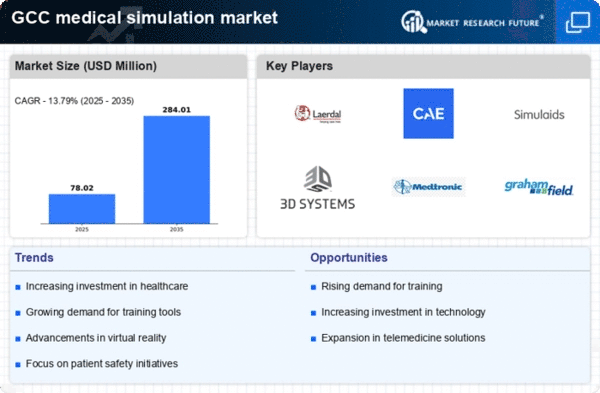
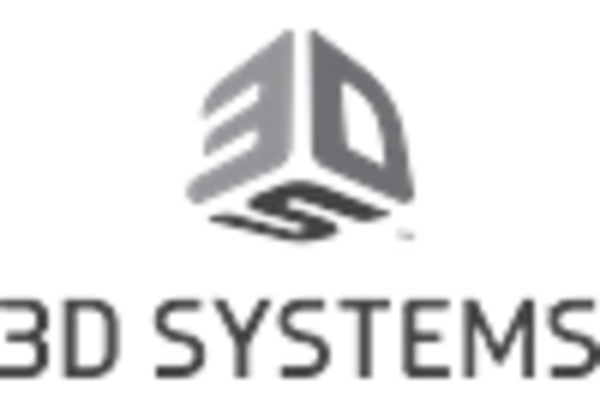
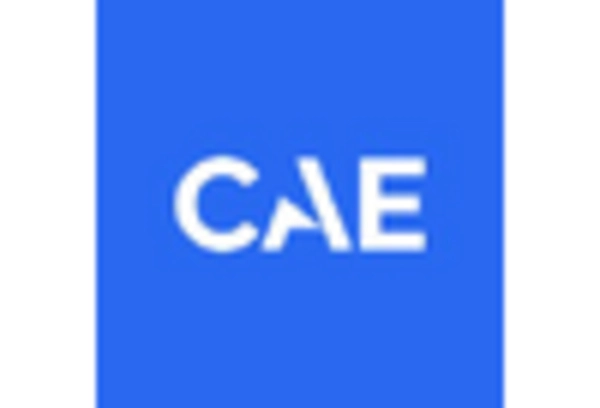
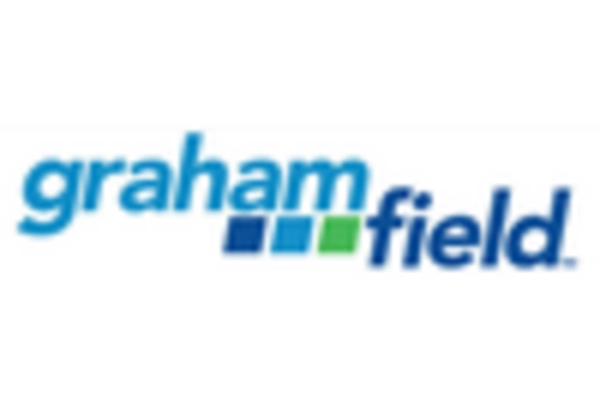
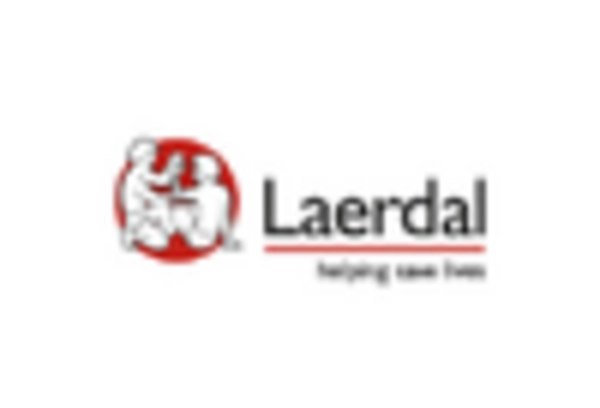
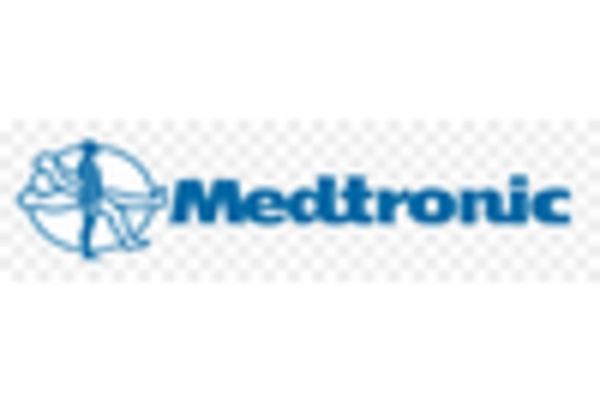
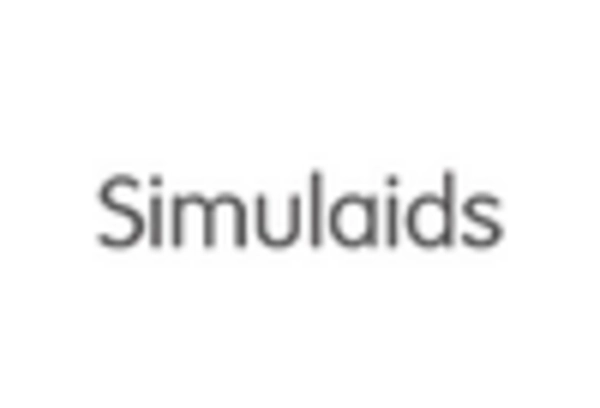








Leave a Comment